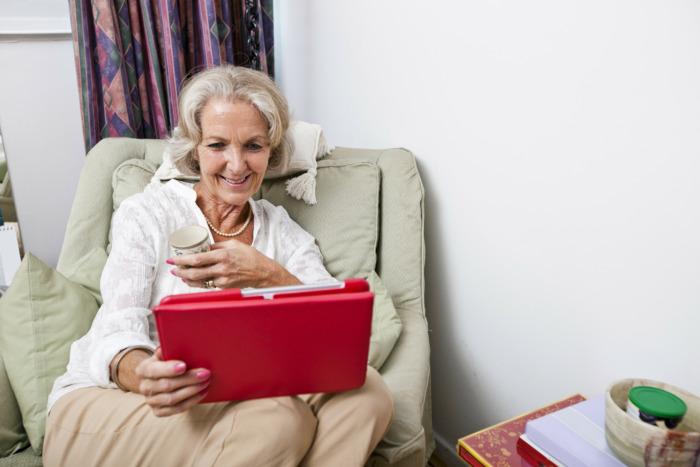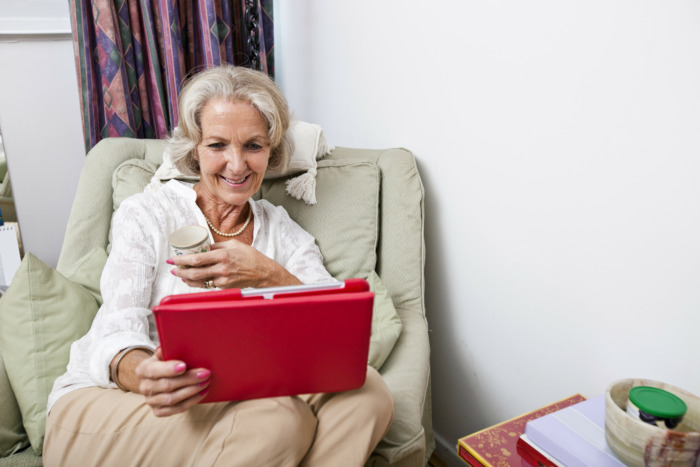
National Senior Citizens Day is particularly important to recognize this month, as we head toward a major spike in the aging population. According to the World Health Organization, there were 200 million people over 60 years old in 1950; by 2000, that number tripled to nearly 600 million; by 2025, it is estimated there will be more than one billion seniors.
According to AARP, 75 percent of older adults prefer aging in their own homes as opposed to senior living facilities, which can lead to social isolation — an issue that’s intensifying amid COVID.
Among adults 50 and older, social isolation and loneliness can lead to increased risk of depression, anxiety, high blood pressure, hypertension, etc.
“Tackling these issues is of increased importance right now,” said Brian Norton, director of assistive technology at Easterseals Crossroads. “But even outside of COVID, it’s important to help seniors navigate ways to stay connected with loved ones and caregivers. To that end, the INDATA Project at Easterseals Crossroads is partnering with the Indiana Family & Social Services Administration’s Division of Aging to provide the appropriate services and assistive technology.”
Staying Social While Aging in Place
Through a COVID-19-related grant from the federal Administration for Community Living (ACL), INDATA partnered with the Division of Aging to pilot a program to combat social isolation in older adults, especially in the wake and continuing impact of COVID.
“The Social While Aging in Place (SWAP) pilot program connects senior clients with a smart speaker and/or tablet device to allow them to remain safe while keeping them connected with loved ones, family, friends, faith communities and health care providers,” said Sarah Renner, director of the Division of Aging. “Participants are able to retain their independence by using voice commands to perform various activities of daily living such as setting reminders, managing appointments, listening to news, playing music, making lists, shopping online and much more.”
The Division of Aging works to enable seniors to receive these home care services through the statewide INConnect Alliance network, which is made up of 15 area agencies covering 16 geographic regions across Indiana.
“Care managers and options counselors from the INconnect Alliance network refer older adults and caregivers to the SWAP program based on a person-centered assessment, should the individual be interested in assistive technology,” said Renner. “INDATA then conducts a follow-up assessment to determine technology goals and needs. From there, the organization provides devices from its loan library as well as training on their usage.”
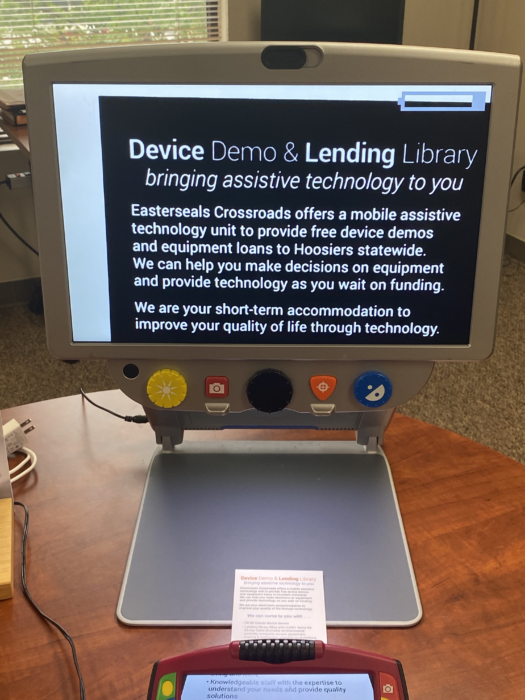
Assistive Technology for Seniors
As people get older, they start developing issues with vision, hearing, mobility, communication, etc. INDATA’s equipment loan library has more than 2,500 items to help seniors overcome these obstacles and still live independently.
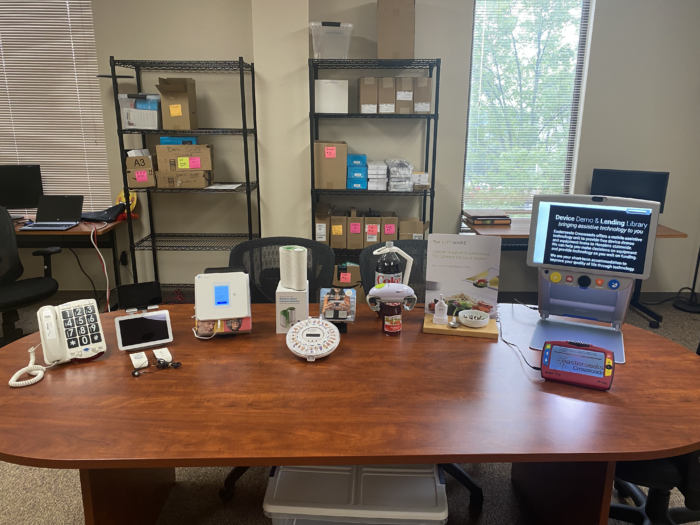
Vision and Reading
- Video Magnifiers (desktop and handheld) – These reading aids for people with low vision magnify their remaining sight so it’s possible to read and view printed materials (ex. mail, newspapers, recipes).
- Document Reader – A document reader converts text into speech and helps people with low vision read printed materials.
Hearing and Communication
- Large button phones with high contrast numbers – Allow visually impaired seniors to call loved ones more easily.
- Smart Speakers (Echo Show) and Tablets (GrandPad) – Simple and intuitive way to stay in touch with family and loved ones while socially isolated or lonely. Both the Echo Show and the GrandPad allow for video calls and photo sharing. They also provide a variety of entertainment. The GrandPad can even serve as a virtual sous chef!
- Amplified Phones (Clarity)/Caption Phones (Captel) – Allows the user to turn up the volume as necessary to hear speech clearly. Caption phones have a built-in screen to display captions of everything the other person on the call says.
- Personal Listening Device (Bellman Audio) – Allows people to hear clearly in small groups or public areas where additional amplification is needed.
Health and Mobility
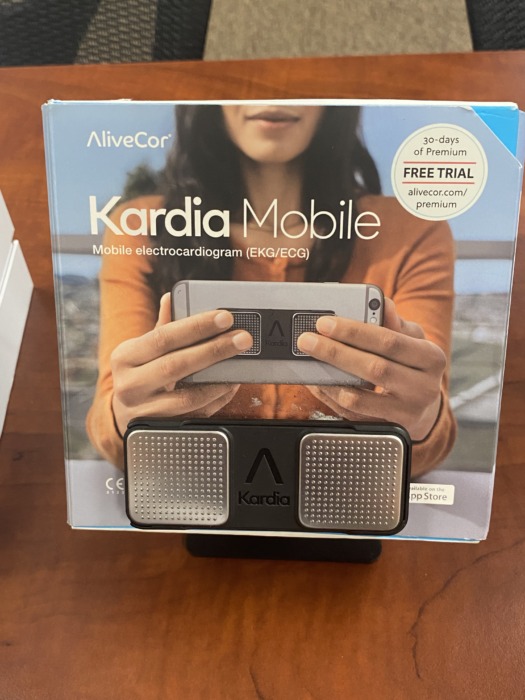
- Internet-Connected Health Devices – Track your health and report it directly to health care providers (blood pressure readers, glucose monitors, etc.). With Kardia Mobile, you can take a medical-grade EKG without having to go to the hospital and get electrodes stuck to your chest. You can pull the device out of your pocket, place your fingers on the pads and detect atrial fibrillation, bradycardia, tachycardia or normal heart rhythm within just 30 seconds.
- Medication Reminders – There are lots of apps out there to help you remember to take medication through audible alerts, etc.
- Fall Detection – After it’s installed on your wall, the Walabot uses radio waves to detect falls. Once it detects a fall, it notifies a loved one or emergency contact through a two-way voice call.
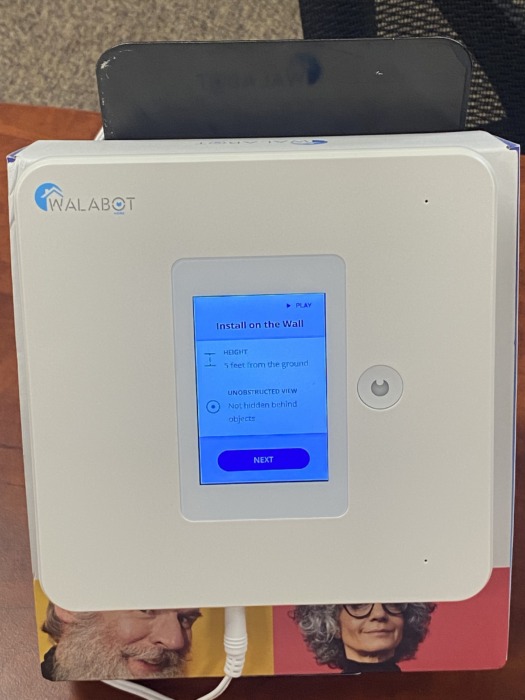
Daily Living Tasks
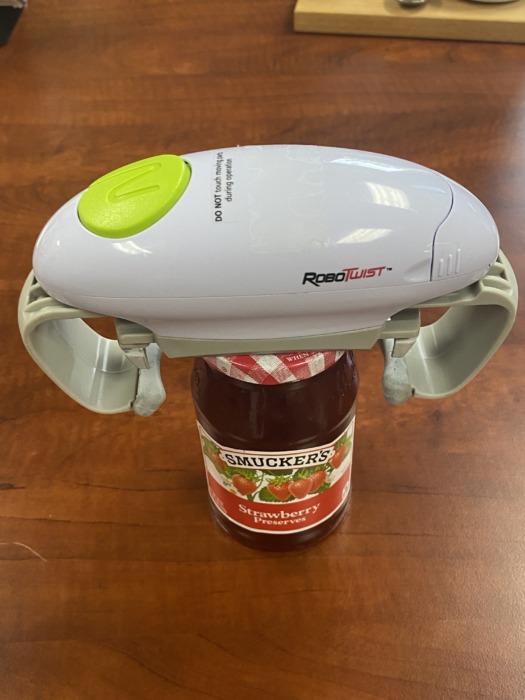
- RoboTwist – Regardless of age, we’ve all found ourselves fighting with jars of jelly or spaghetti sauce that seem impossible to open. Unlike us, this robotic jar opener can easily twist off the toughest lids.
- Liftware – Whether helping users pour soda or eat soup, Liftware’s selection of leveling handles and attachments allow seniors with hand tremors or limited hand and arm mobility to remain independent.
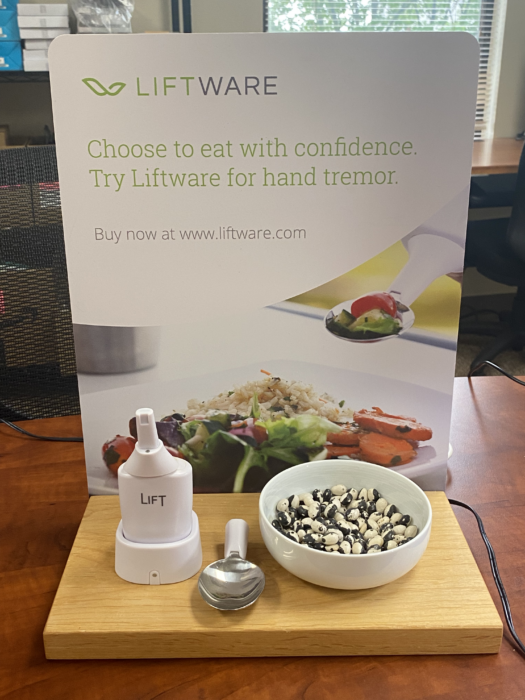
A Future of Independence
The COVID pandemic has emphasized the vital importance of both independence and socialization, especially among older adults.
Thanks to assistive technology and organizations like the Division of Aging, seniors are able to continue living at home as they age without becoming completely isolated. Many senior participants have described SWAP as a “life-changing” program during this time of quarantine and distancing.
“Due to the pandemic, many opportunities for socialization paused,” said Renner. “Our network was able to pivot its service delivery, introducing virtual classes, friendly phone calls and the SWAP pilot program to keep older adults and their caregivers connected. The Division of Aging is excited to have the opportunity to partner with INDATA to bring their knowledge and expertise to the aging network.”

